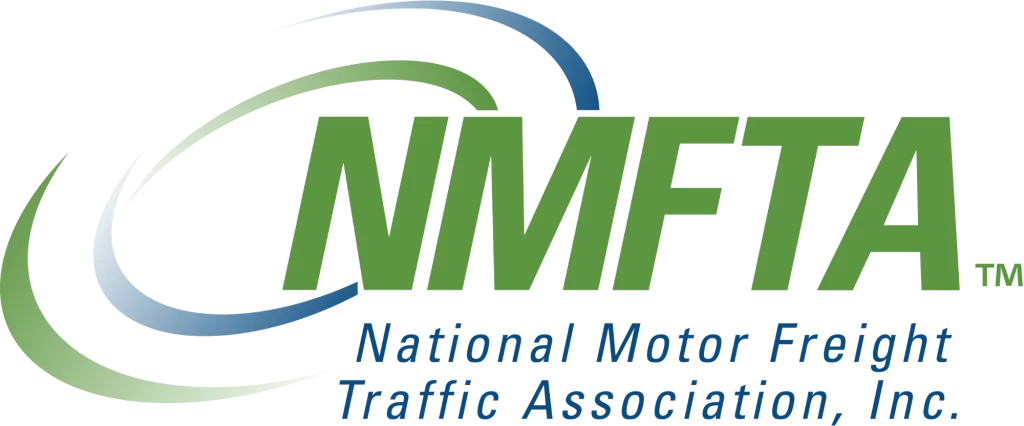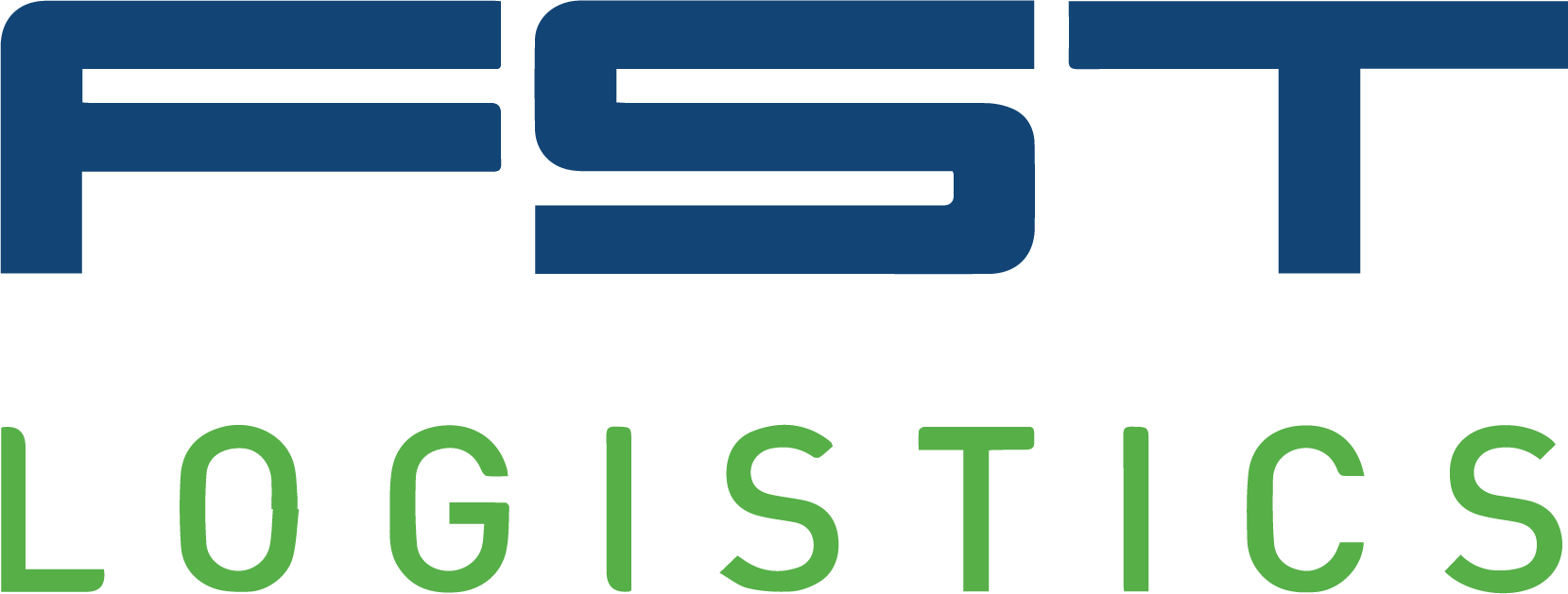The National Motor Freight Classification (NMFC) system is in place to define standard freight classes for carriers to measure the “transportability” of goods. It sorts freight into several categories, which are continuously amended by the National Motor Freight Traffic Association, Inc. (NMFTA™). Through this scale, both fleet managers and recipients of cargo have a standard system to identify and classify freight which let’s less-than-truckload (LTL) shipments proceed smoothly.
“The NMFTA is making significant changes to freight classification in 2025, aimed at simplifying the process and reducing friction between carriers, 3PLs, and shippers. These updates are designed to make it easier for everyone in the industry to classify freight accurately and efficiently.”
– Keith Peterson, Director of Operations
The most recent updates to come out of the NMFC include:
- Standardized density scale for Less Than Truckload (LTL) freight
- Unique identifiers for freight
- Condensed and modernized commodity listing
- Improved usability for the ClassIT classification tools
The changes condensed 3,500 single classes into 13 subcategories. The consolidation removed hyper-specific codes in favor of generalized classes. For example, a coffee syrup product will no longer be coded under syrups and mixers but rather food and beverage followed by its weight class. By making this change, freight will be moved based on volume instead of arbitrary metrics.
The NMFTA’s goal for consolidating classifications is to:
- Align the classification code – to the current state of LTL transportation
- Simplify, clarify, and enhance efficiency
- Leverage technology – ensuring precise and easy classifications
These changes are being made to address practical needs, adjust the density scale, and modify class assignments. The NMFC aims to reduce misclassification errors, optimize shipping processes, and minimize unexpected fees through streamlined workflows and visibility.
LTL Shippers & 3PLs can expect the following:
- More straightforward identifications of items and freight classes
- Lower-density classes for heavier freight
- More freight with the same characteristics in the same class
- Know freight dimensions and density and how to calculate it
To help carriers, shippers, and 3PLs prepare for the changes, the NMFC will host listening sessions throughout August where industry professionals can ask questions and get clarification. To help ease the transition to the new codes and communicate the changes to each party, customers and staff sign up for a session here.




